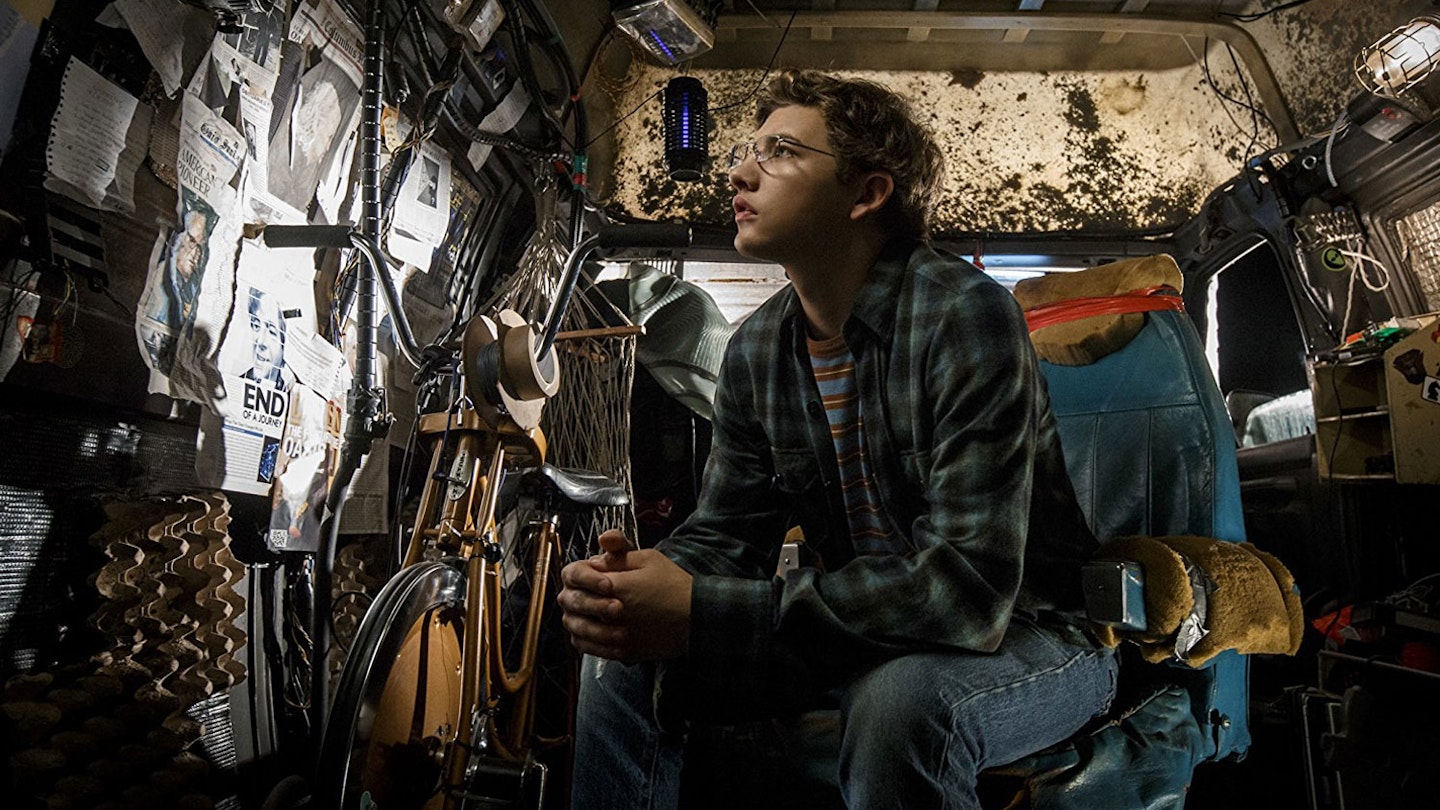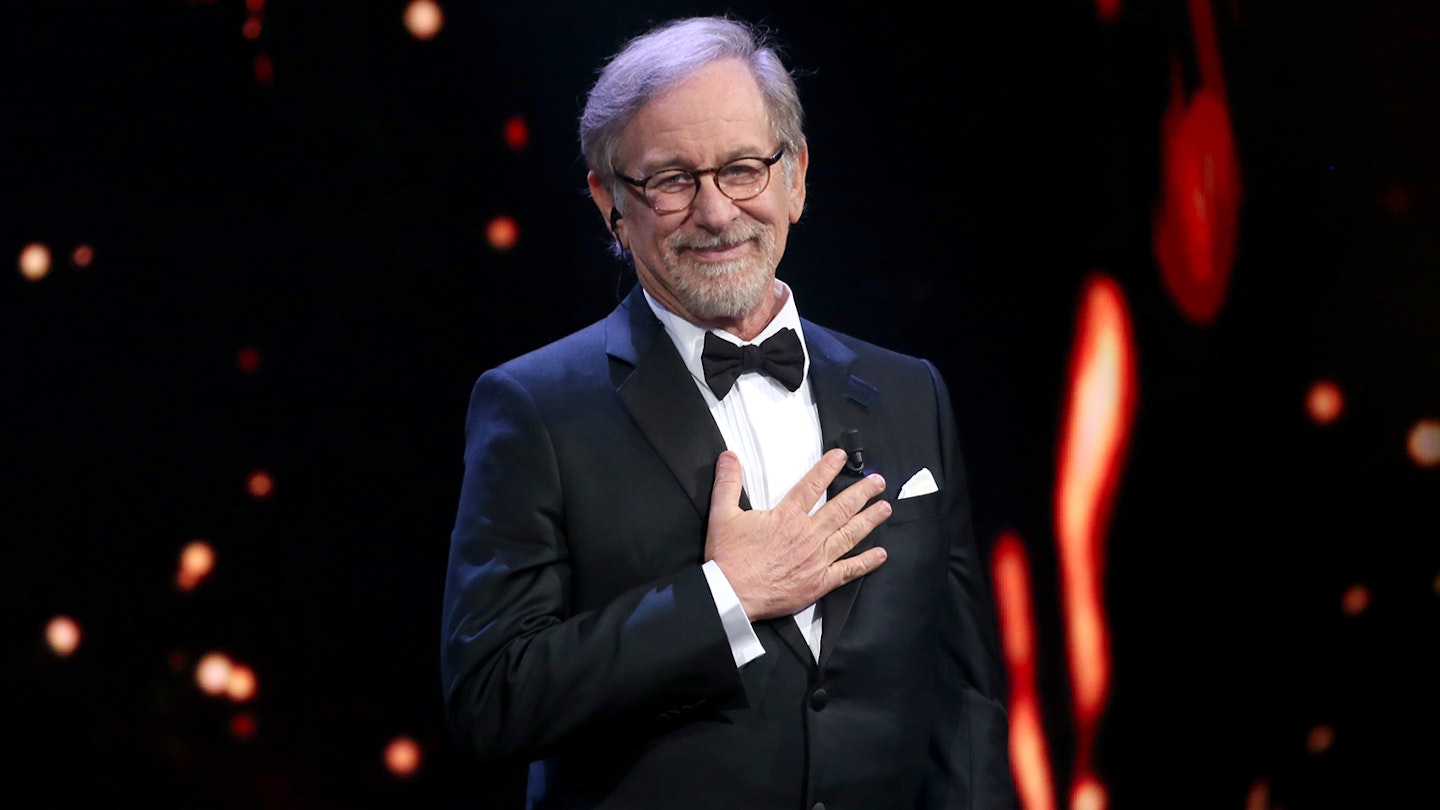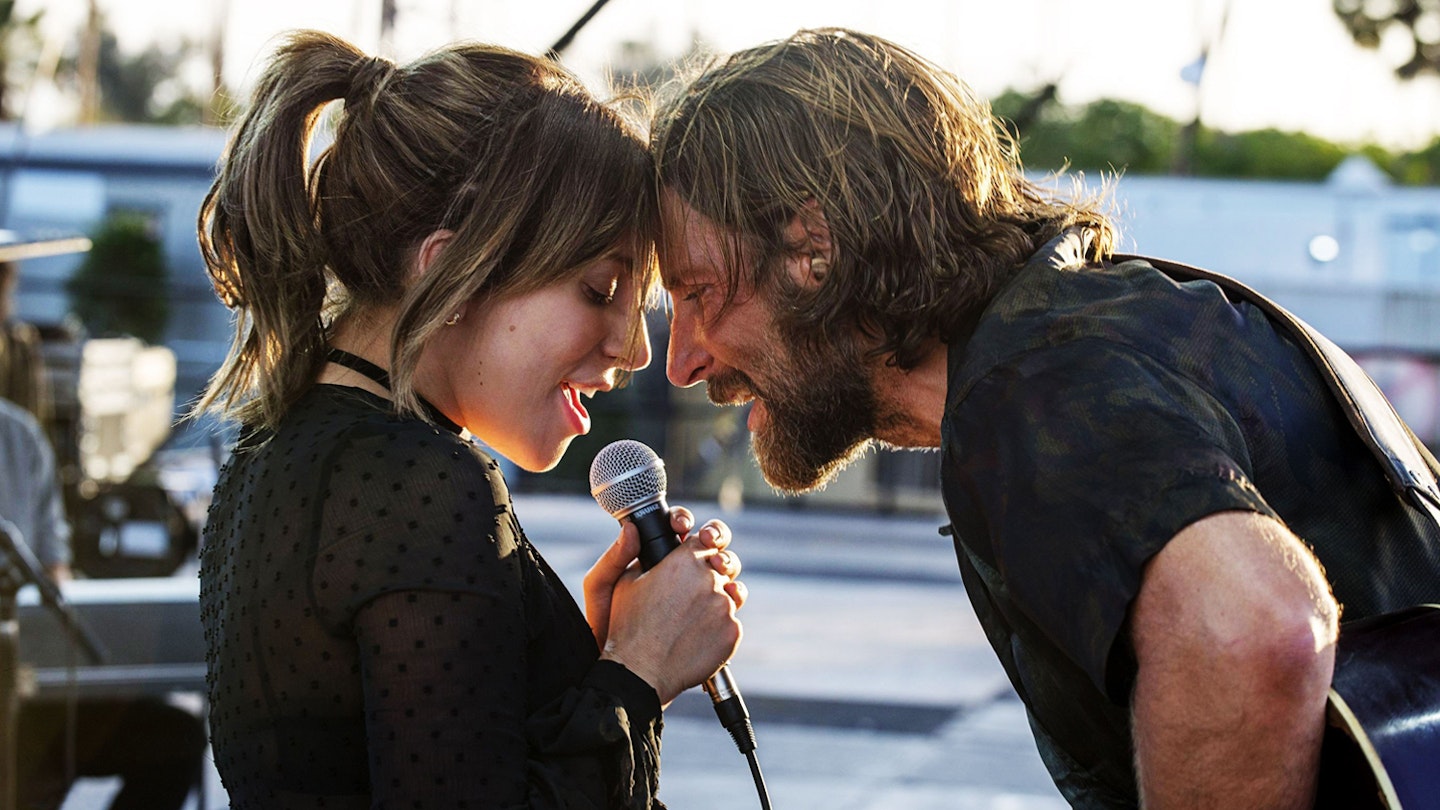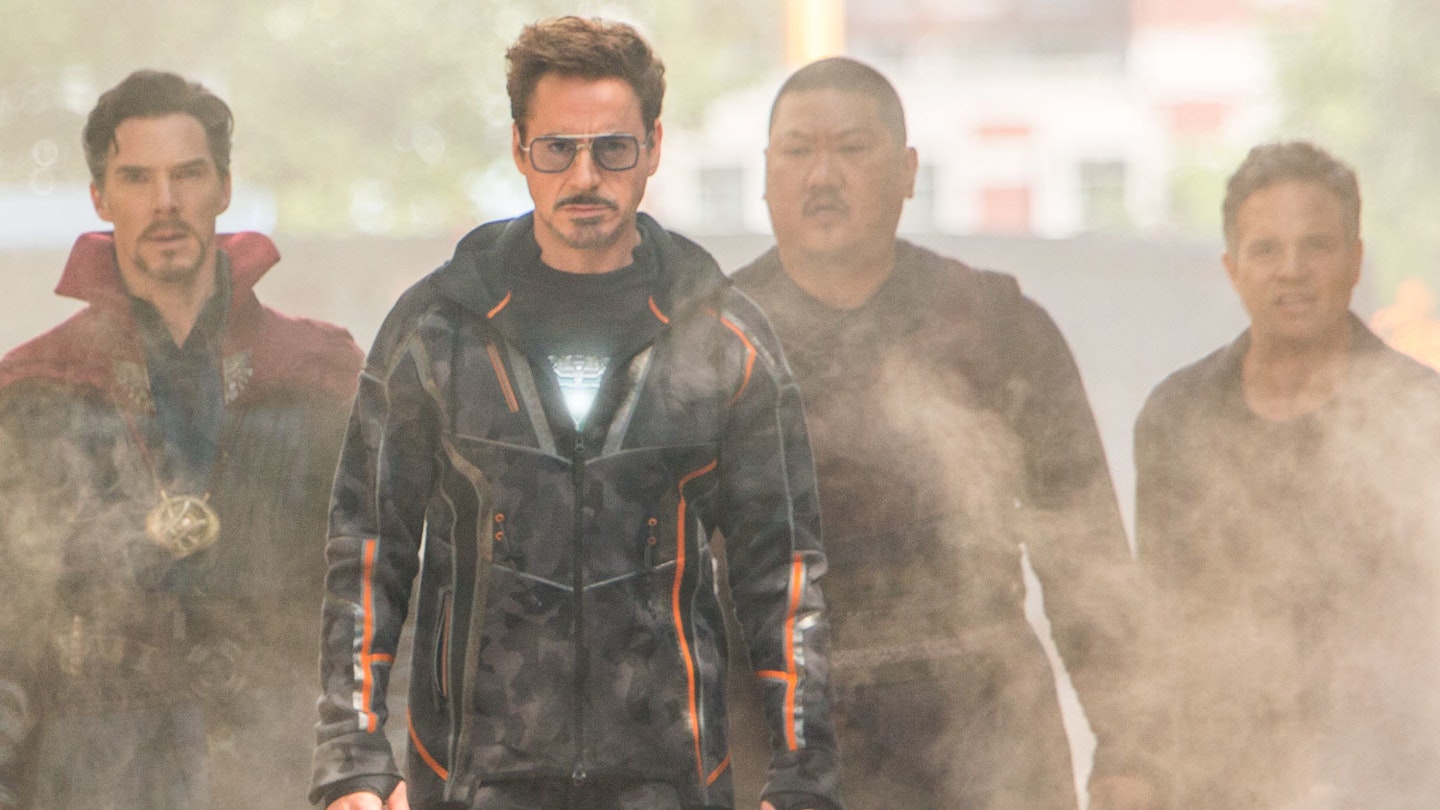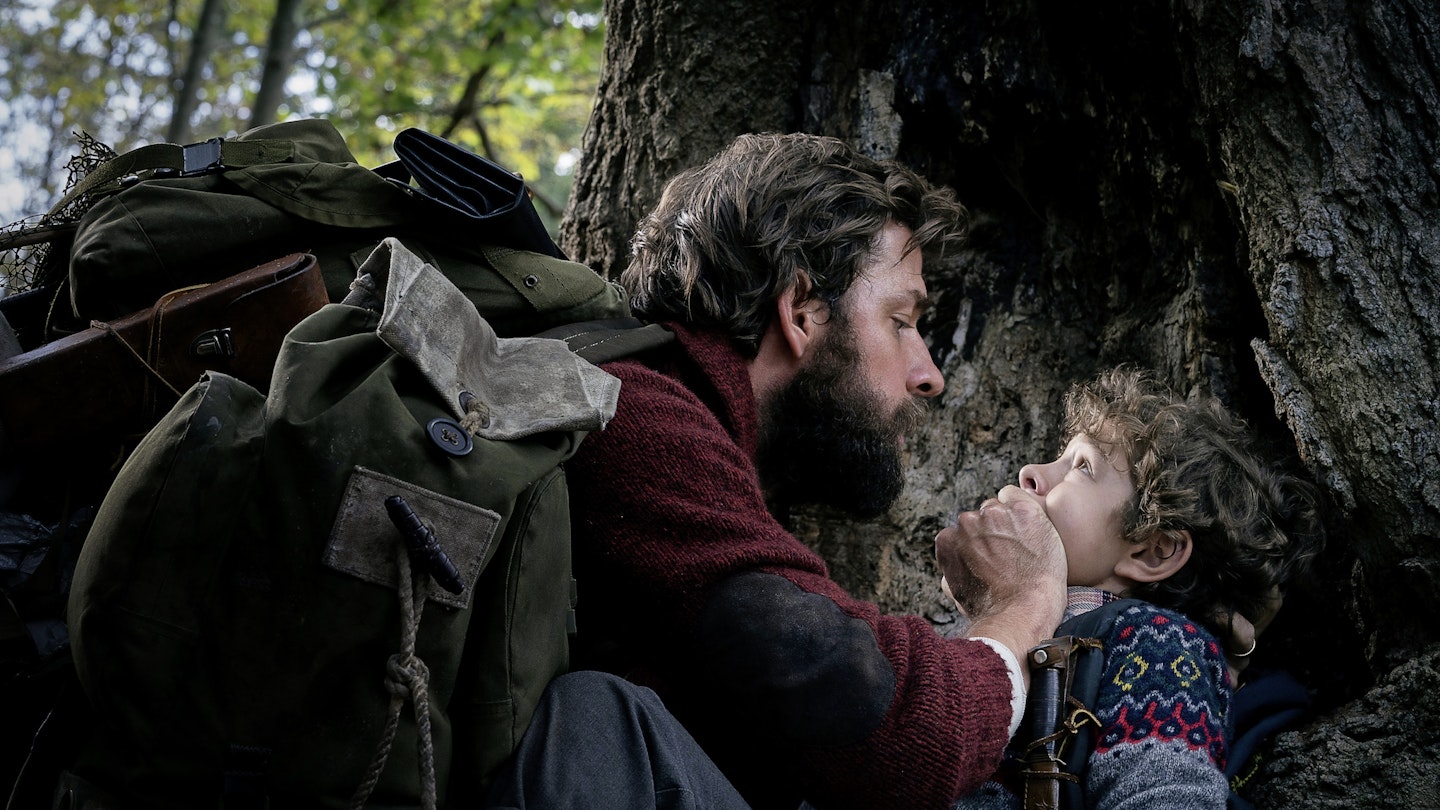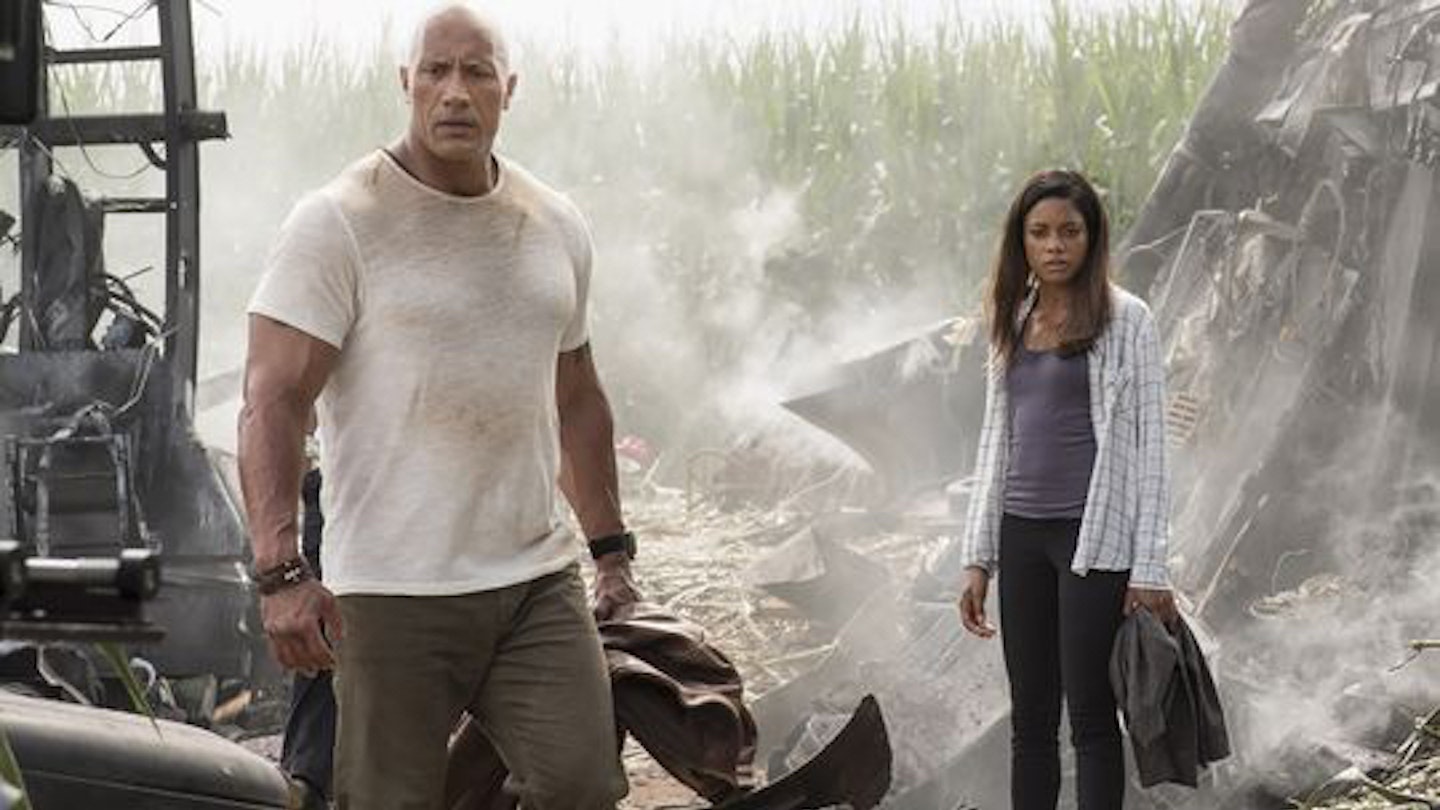There’s a moment, not long into Ready Player One, where hundreds of cars, including a DeLorean, the A-Team van and the Plymouth Fury from Christine (which happens to be driven by Lara Croft) are all racing each other through New York when, having already outmaneuvered the Jurassic Park T-Rex, King Kong swings into view. And as the giant ape appears, all lingering doubts are dispelled — it’s clear the film is going to deliver on its thrill-ride promise, and then some.
Set in Columbus, Ohio (relocated from the Oklahoma City of the book) 27 years from now, the world is overpopulated and, if not quite yet a dystopia, certainly thinking about it. Wade Watts (Sheridan), named to sound like a superhero’s alter-ego, lives in the Stacks — a shanty town of campervans piled perilously on top of each other. How the world got like this isn’t explicit (although both the “corn syrup droughts” and “bandwidth riots” are mentioned), but it’s not so outlandish you couldn’t see it happen. For most, it’s an existence worth escaping and to do so, humans plug themselves into the OASIS, a virtual world where anything is possible. For any filmmaker, that toy box is an enticing prospect, and there’s no-one better to play in it than Steven Spielberg.
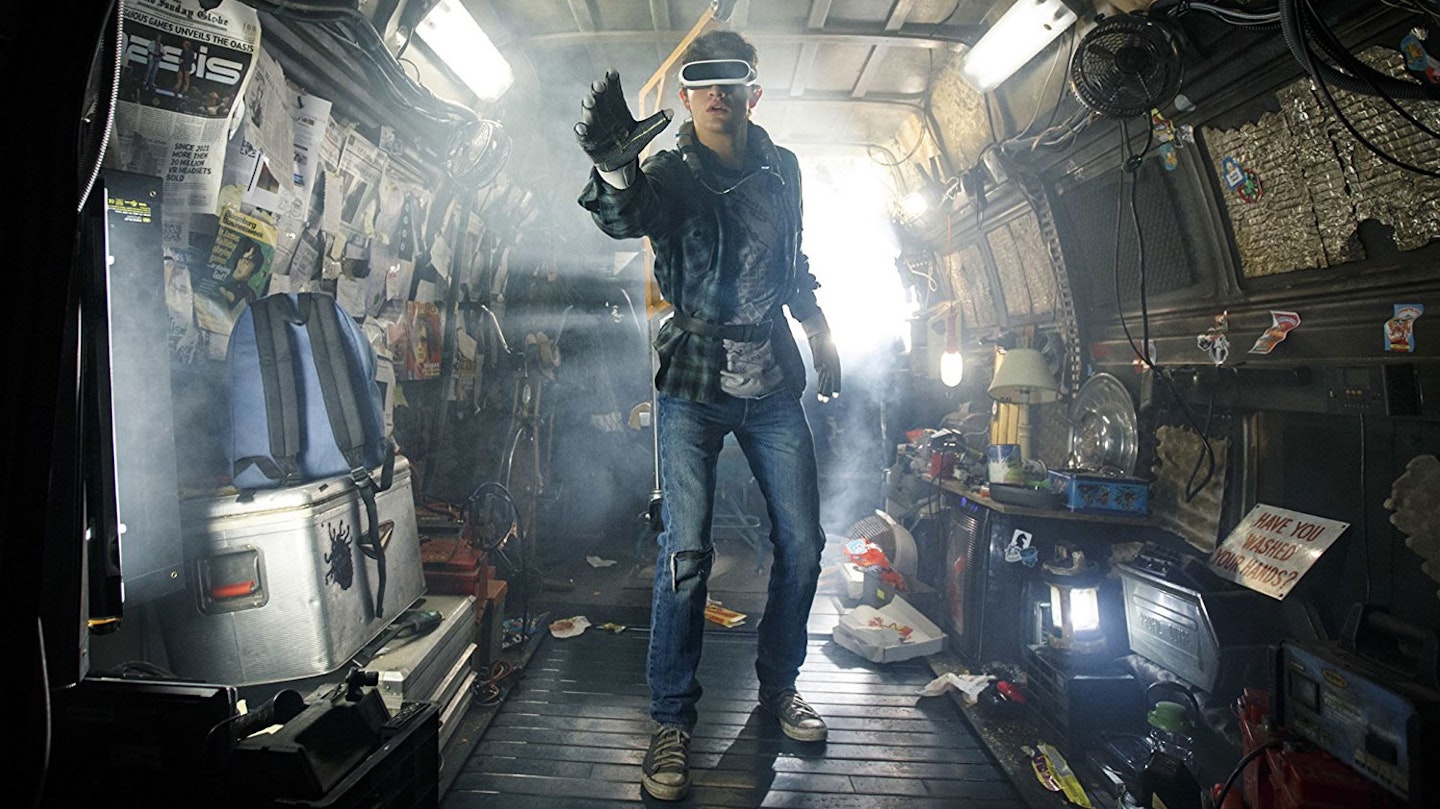
The OASIS that Spielberg puts on screen is a visual marvel — obviously computer-generated as befits the fact it’s a fictional video game, but realistic enough that it doesn’t just feel as though you’re watching a very expensive cartoon. The action has weight and consequence. And it’s saturated with pop-culture references, some obvious (the Iron Giant; a squad of Halo Spartans), some so blink-and-you’ll-miss-it a Blu-ray and a remote control for freeze-framing will be required to spot them all. There’s a strange joy in scanning the screen in search of obscure characters that will make no impact on the vast majority of the audience — Zitz from Battletoads anyone? A less accomplished director could get bogged down in this, causing the film to be a moving riff on a Where’s Wally? book, but Spielberg strikes the perfect balance. He knows exactly when to pull back to focus on the characters — especially the central relationship between Wade/Parzival and Samantha/Art3mis (Cooke), which gives the film a necessary and touching grounding in reality — and the story.
It’s a joy, with Spielberg letting loose for the type of blockbuster moviemaking that made his name.
That story focuses on a competition announced by James Halliday (Rylance), creator of the OASIS who, on his deathbed, launched a competition to find his successor. Hidden somewhere in the virtual world are three keys — the first to find them all will be granted his billion-dollar fortune and control over the VR realm. Ready Player One picks up five years later with the first key yet to be claimed. Most have given up searching, but Wade, his friends and many more are still on the hunt. Some of those “many more” include Nolan Sorrento (Mendelsohn), the nefarious CEO of rival software company Innovative Online Industries (IOI), who employs a vast squad of players to find the keys for him. This would be a bad thing. His ultimate goal is to make as much money as possible from it, even going so far as to force players who fall into debt to work in (online) labour camps known as Loyalty Centers.
It’s a high-risk contest, then, and Spielberg switches the action between the real and virtual worlds with dazzling aplomb, seamlessly melding the peril in both states of reality and upping the stakes as the keys are uncovered and we approach the endgame. The film does occasionally get sidetracked by exposition (this is what an ‘Easter egg’ is, here’s why the Atari 2600 game Adventure is being used), but while it’s momentarily frustrating, it is understandable. Warren Robinett is hardly a household name. The other issue is with Mendelsohn, who does little to differentiate Sorrento from Rogue One’s Orson Krennic or The Dark Knight Rises’ John Daggett. But mostly it’s a joy, with Spielberg letting loose for the type of blockbuster moviemaking that made his name, but is increasingly infrequent in his filmography. And shows that when he’s on his game, there’s no-one else who comes close.
